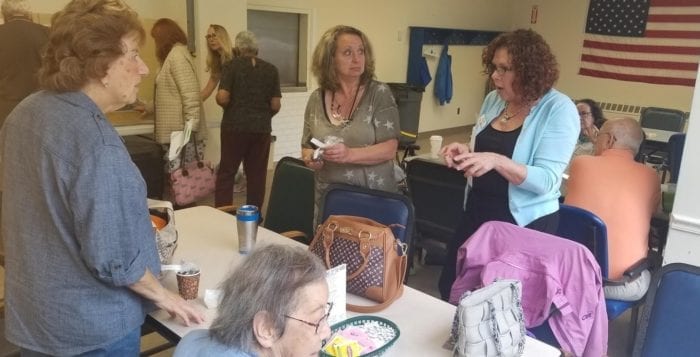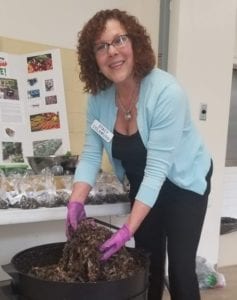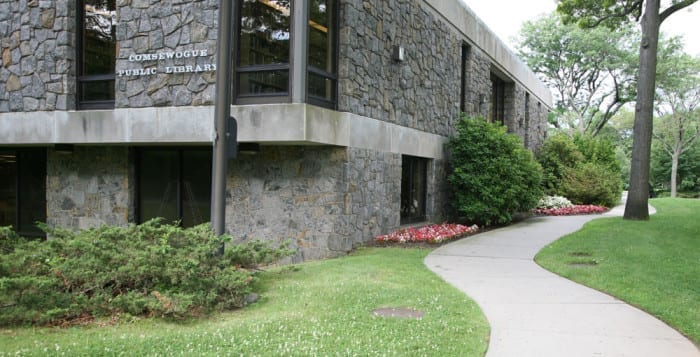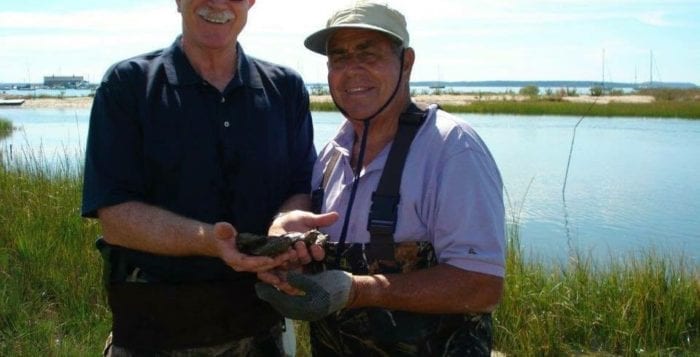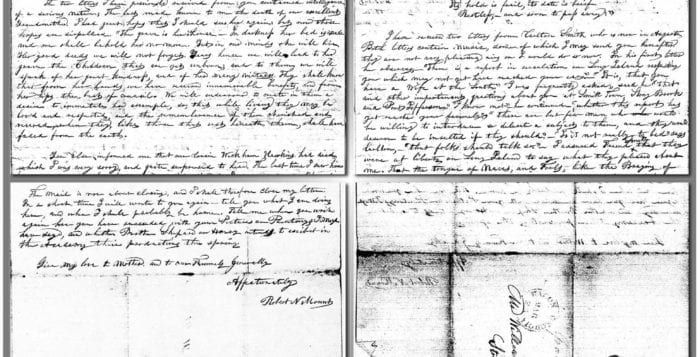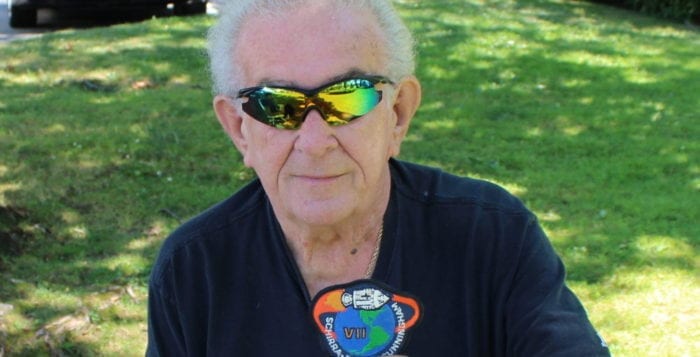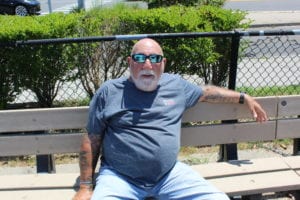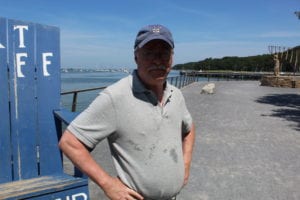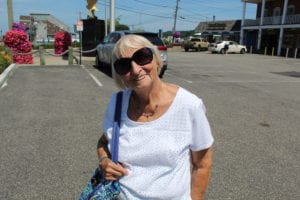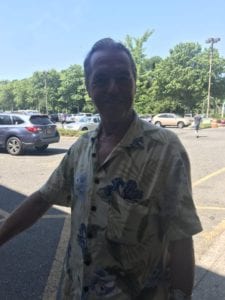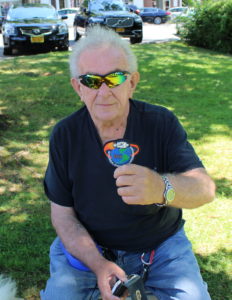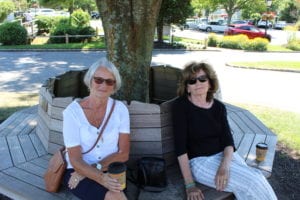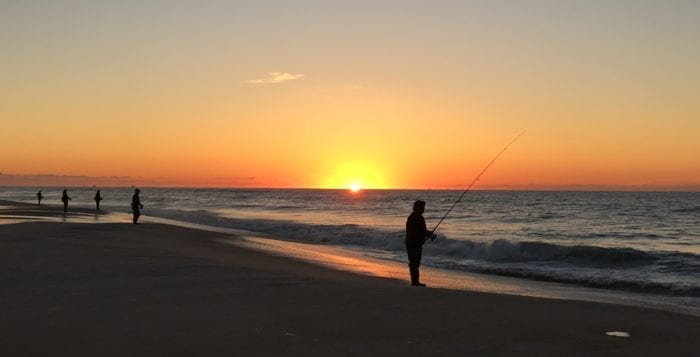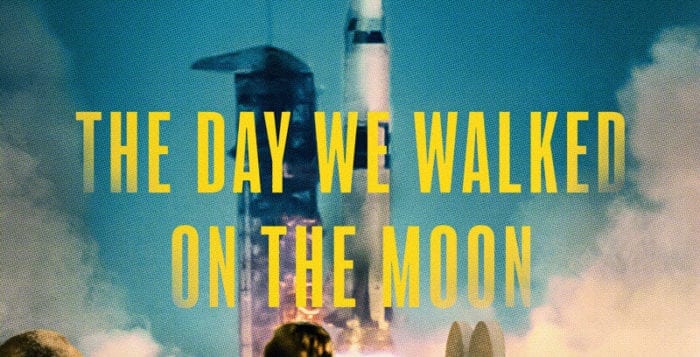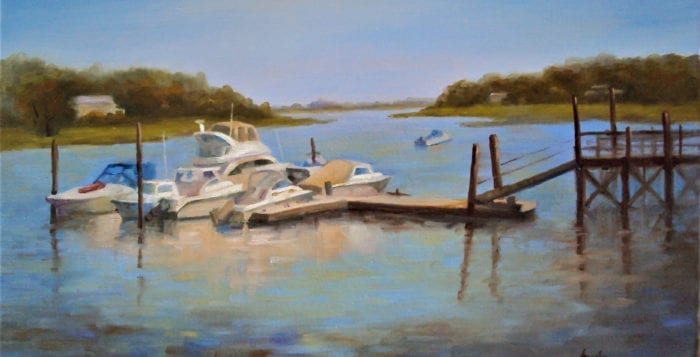By Beverly C. Tyler
How sweet the silent backward tracings!
The wanderings as in dreams — the meditation of old times resumed — their loves, joys, persons, voyages.
— Walt Whitman, “Memories”
The Mounts of Stony Brook were a close family throughout their lives. The children of Julia Hawkins Mount — Henry Smith, Shepard Alonzo, Robert Nelson, William Sidney and Ruth Hawkins — kept in contact with each other even when they were many miles apart pursuing their careers. There was probably no period when this closeness was more evident than during 1840 and 1841.
On Jan. 22, 1840, their grandmother, Ruth Mills, widow of Major Jonas Hawkins and mother of Julia Mount, died at the family home in Stony Brook. Her death at the age of 91 seemed to have strongly affected William Sidney Mount. According to his biographer, Edward P. Buffet:
“After the brilliant successes of the past few years (prior to 1840) Mount now suffered a slight reaction in the acclaim of his exhibits at the National Academy. His pictures, The Disappointed Bachelor, Boy Hoeing Corn and The Blackberry Girls, all fell short of his high-water mark of merit.”
Robert Nelson Mount also felt deeply the death of his grandmother. During 1840 and 1841 he was still in Georgia teaching dancing at various towns. He had left the Three Village area in October 1837, traveling south to take a job at a school. His wife, Mary, remained in Setauket, and he wrote often to her and to members of his family. In a letter to his brother William Sidney written from Macon, Georgia, March 22, 1840, he wrote:
“The two letters I have previously received from you contained intelligence of a serious nature. The last made known to me the death of our excellent grandmother. I had great hopes that I should see her again, but now those hopes are dispelled . . . we shall behold her no more. Yet in our minds she will live. Her good deeds we will not forget. Years hence we will lead to her grave the children that are yet unborn; and to them we will speak of her great kindness, and of her many virtues.”
In the same letter Robert Nelson spoke of his eldest brother Henry, a well-known artist in his own right who did not limit his talents to art alone. He wrote:
“The music you sent me I am highly pleased with . . . The two cotillions composed by brother Henry I like much, especially the 3rd No. which I think will hold place with the best cotillions of the day. I shall endeavour to arrange such a figure to it as it merits.”
On Jan. 10 of the following year, 1841, at the age of 38, Henry Smith Mount died after a long battle with tuberculosis. In his biography of the Mounts, Benjamin Franklin Thompson wrote about Henry:
“His private character was of the most unexceptionable kind — his temper mild and amiable, and in all the relations of life scrupulously honest, faithful, and affectionate. The death of such a man, under such circumstances, was generally and deeply regretted, both by his family and a large circle of acquaintances.”
Robert Nelson wrote of his brother Henry in a letter to William Sidney from Monticello, Georgia, dated March 4, 1841:
“I have received two letters from you. The last dated the 5th of February contained a delightful set of cotillions from the collection of Mr. Matherson. At first I found the 3rd and 4th numbers of those cotillions somewhat difficult to perform; but having practiced them a great deal, I am now able to run through them with tolerable ease. I thank you for having sent them to me at the time you did . . . Music that I brought from home with me, — duets, — every leaf of which, as I turn them over, reminds me of our departed brother Henry. I think how often we have tuned our instruments and played those airs together; — then they served to cheer and enliven my feelings. Now when I attempt to play them alone, I fancy I can still hear his accompaniment; — a gloom comes over my spirits . . . The remembrance of him I will ever cherish; — The music he gave me I will treasure up with a misers care. — The marks that his pencil has made upon its pages, I will never efface.”
On Nov. 25, 1841, Julia Hawkins Mount, mother of the talented brothers, died at the age of 59. Shepard wrote home to William Sidney his feelings as their mother lay near death:
“Yesterday, Elizabeth and myself wrote mother and sister Mary a long letter — took it to the post-office where we received yours with the melancholy information that our dear mother is rapidly passing away. The improvement in my health is principally owing to my being of late removed from any exciting scenes whatever, for I have shunned all such here. The world seems to be willing to think favorably of us as a family of children. — If we deserve to be thus favorably considered, how much are we indebted to our mother for its attainment. — Of late years she has had but little intercourse with the world, living almost exclusively for the well-being, and respectability of her favored children. — Mingled with her worldly sorrows she has had the consolation to witness our gratitude in the remembrance of her many virtues . . . I have been so long unemployed in painting, save upon some trifling subject which I cannot turn to immediate account, that I feel it my duty to paint if possible 2 or 3 portraits before coming home — for even amid the sorrows and vicissitudes of the world we must prepare to live on and worry through much that goes against the heart. — As this time the love of art vanishes, but the love of those who depend upon me for the comforts of life, point out the path I must tread. I have no positive engagements in the city, and should I come home at this time, I fear it would be a long while before I could feel able or composed enough to pursue my profession. Your affectionate brother — S.A. Mount.”
The Long Island Museum exhibit Walt Whitman’s Arcadia: Long Island Through the Eyes of a Poet & Painters presents chosen passages from Whitman’s writings alongside more than 20 paintings by William Sidney Mount, John F. Kensett, Lemuel Wiles and more. The stunning wooded landscapes, rustic scenery and rugged shoreline that so captivated Whitman was equally fascinating to artists from across the region.
On Saturday, July 20, from 2 to 4 p.m., the Long Island Museum, in collaboration with Red Skies Music Ensemble will present Walt Whitman, William Sidney Mount & the Sounds of the 19th Century. This research-based program weaves together an engaging narrative with live musical performance, theatrical cameos and large screen images to explore Whitman and Mount’s interconnected biographies and how music was an essential part of their creative lives. Visit www.longislandmuseum.org for details.
Beverly C. Tyler is Three Village Historical Society historian and author of books available from the society at 93 North Country Road, Setauket. For more information, call 631-751-3730 or visit www.tvhs.org.


